
| Recorded by: Mark Basinger and Donald Zepp on 2025-11-13
Pitt Co.
Comment: | 
| Recorded by: Dean Furbish on 2025-11-08
Wake Co.
Comment: |
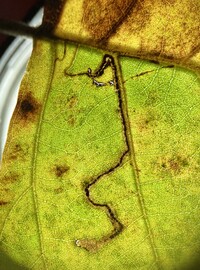
| Recorded by: Dean Furbish on 2025-11-08
Wake Co.
Comment: | 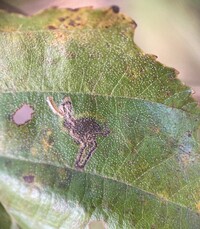
| Recorded by: Dean Furbish on 2025-11-08
Wake Co.
Comment: |
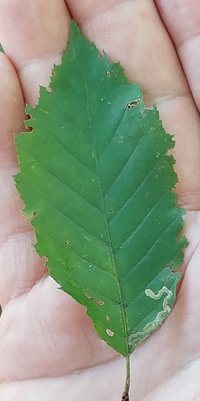
| Recorded by: Mark Basinger on 2025-10-18
Lee Co.
Comment: | 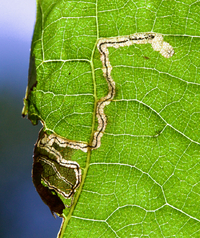
| Recorded by: Jim Petranka, Becky Elkin, Nora Murdock, Marilyn Westphal on 2025-08-26
Rutherford Co.
Comment: |
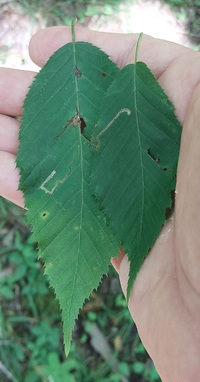
| Recorded by: Mark Basinger on 2025-08-14
Ashe Co.
Comment: | 
| Recorded by: Mark Basinger on 2025-07-18
Wilson Co.
Comment: |
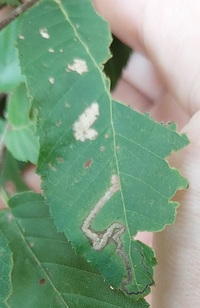
| Recorded by: Mark Basinger on 2025-07-09
Brunswick Co.
Comment: | 
| Recorded by: Mark Basinger on 2025-07-09
Brunswick Co.
Comment: |

| Recorded by: David George, Rich Teper on 2024-11-05
Chatham Co.
Comment: | 
| Recorded by: David George, Jeff Niznik, Stephen Dunn on 2024-08-02
Chatham Co.
Comment: |

| Recorded by: David George, Jeff Niznik, Stephen Dunn on 2024-08-02
Chatham Co.
Comment: | 
| Recorded by: David George, Jeff Niznik, Patrick Coin, Steve Hall, Carol Tingley, Tom Howard on 2024-07-27
Chatham Co.
Comment: |

| Recorded by: Tracy Feldman on 2024-06-21
Chatham Co.
Comment: | 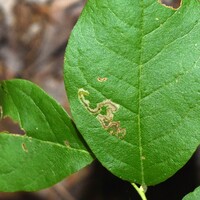
| Recorded by: David George, Jeff Niznik on 2024-06-10
Chatham Co.
Comment: |
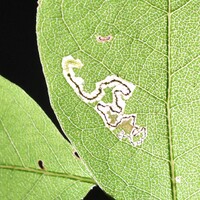
| Recorded by: David George, Jeff Niznik on 2024-06-10
Chatham Co.
Comment: | 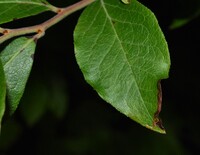
| Recorded by: David George, Stephen Dunn, Jeff Niznik on 2023-07-31
Macon Co.
Comment: |
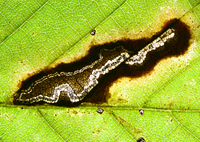
| Recorded by: Jim Petranka on 2022-09-19
Madison Co.
Comment: | 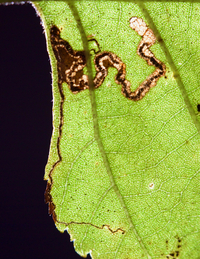
| Recorded by: Jim Petranka on 2020-10-26
Madison Co.
Comment: A backlit image of an unoccupied leaf mine on River Birch. |
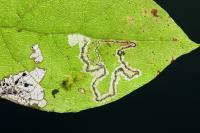
| Recorded by: Jim Petranka on 2020-07-15
Madison Co.
Comment: A backlit leaf of Deerberry (Vaccinium stamineum); note the dark central frass line. | 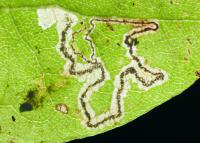
| Recorded by: Jim Petranka on 2020-07-15
Madison Co.
Comment: A backlit leaf of Deerberry (Vaccinium stamineum); note the dark central frass line. |

| Recorded by: Jim Petranka on 2020-07-15
Madison Co.
Comment: A mine on Deerberry (Vaccinium stamineum); note the dark central frass line. |

 »
»



 »
»

